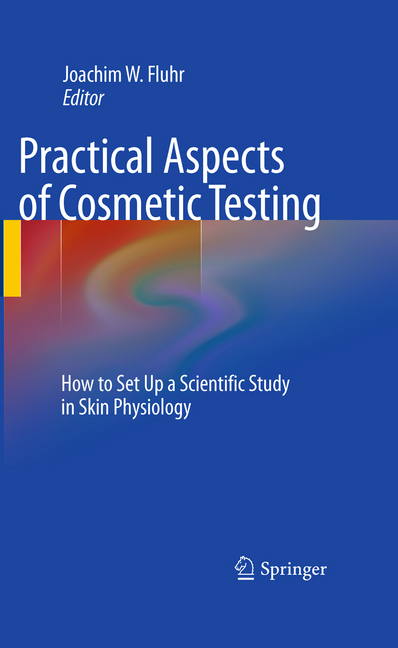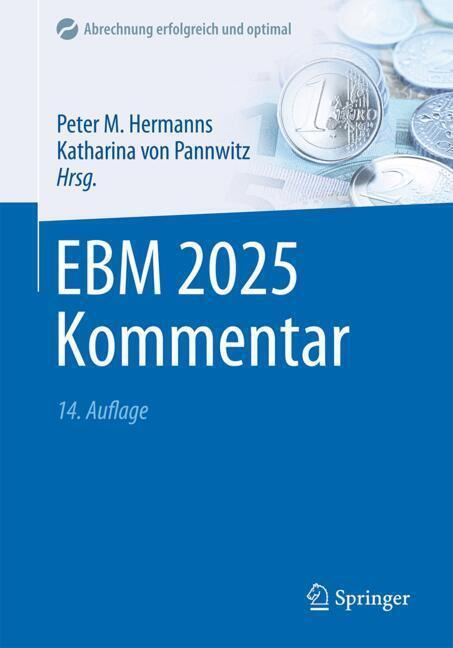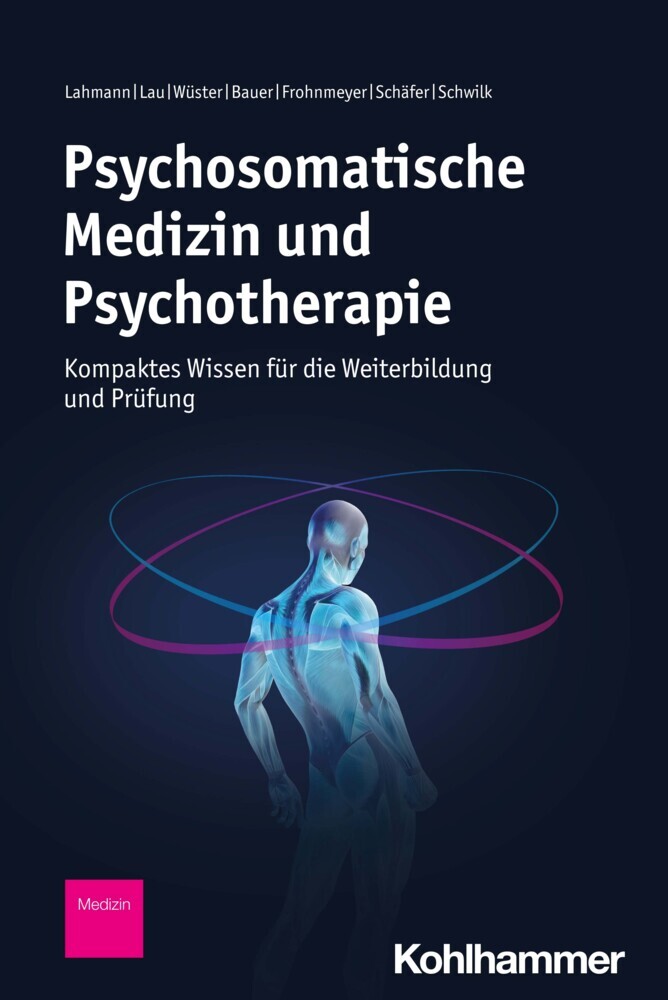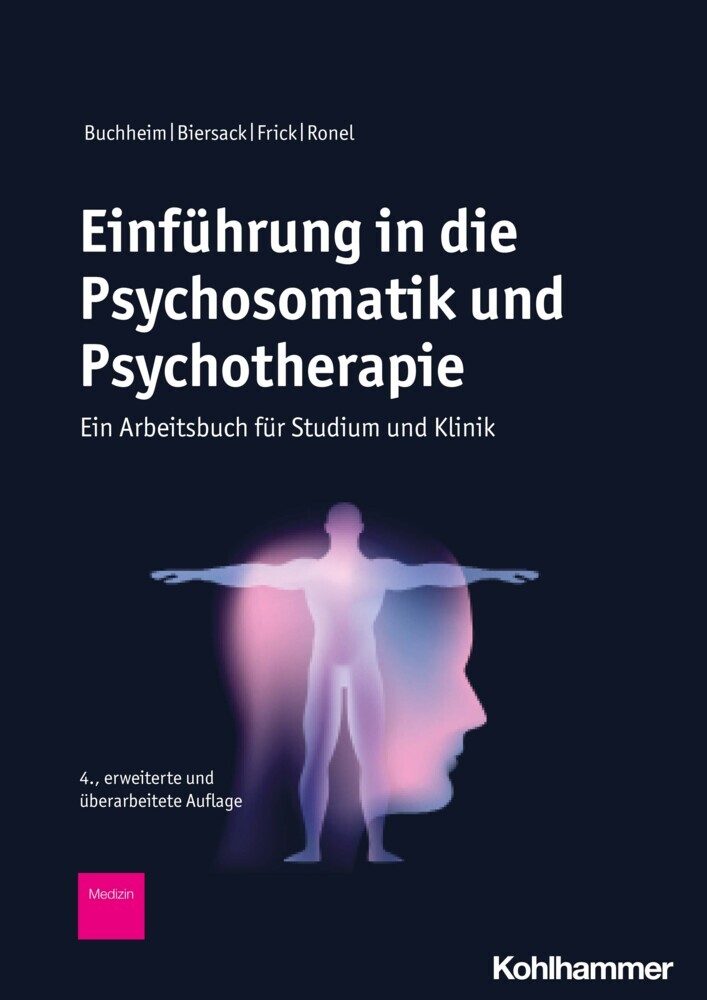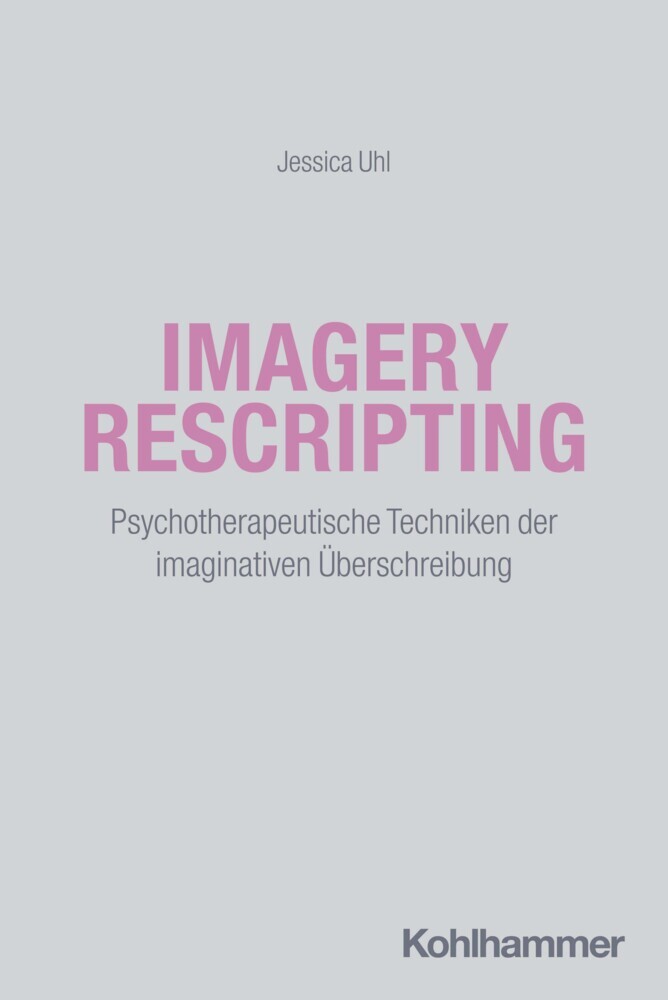Practical Aspects of Cosmetic Testing
How to Set up a Scientific Study in Skin Physiology
Skin physiology assessment is moving rapidly from a descriptive approach to a deeper understanding of biophysical and biochemical processes in the stratum corneum, e.g. on stratum corneum barrier function as well on stratum corneum hydration. The research with bioengineering methods offers now reliable and reproducible approaches for product testing in the pharmaceutical and cosmetic industry as well as in basic research. This cookbook is intended to give basic information regarding skin physiology, the assessment of skin functions in controlled studies using non-invasive biophysical instruments. It provides basic knowledge on how to plan, perform and evaluate scientific studies. The authors are recognized expert in the field and provide comprehensive chapters with specific emphasis on the practical aspects of non-invasive measurements.
1;Preface;5 2;Contents;6 3;Introduction: History and Progress of Objective Skin Analysis;8 4;Part I:Legal Aspects of Cosmetic Testing;11 4.1;1: Regulatory Aspects;12 4.1.1;1.1Comparison Between General Cosmetic Legislation in Europe and Other Countries;13 4.1.2;1.2Recent Changes in European Cosmetic Regulation;14 4.1.3;1.3Important Weblinks;15 4.1.3.1;1.3.1European Union;15 4.1.3.2;1.3.2USA;15 4.1.3.3;1.3.3Canada;16 4.1.3.4;1.3.4Japan;16 4.1.3.5;1.3.5Mercosur Countries (Examples);16 4.1.3.6;1.3.6ASEAN Countries (Example);16 4.1.3.7;1.3.7South Africa;17 4.1.3.8;1.3.8China;17 4.1.3.9;1.3.9India;17 4.1.4;1.4Cosmetic Safety Testing;17 4.1.5;1.5Responsibility Considerations for Planning and Conduct of a Cosmetic Safety Study;18 4.1.6;1.6Frequent Cosmetic Safety Study Models;19 4.1.7;1.7Cosmetic Efficacy Testing;20 4.1.8;1.8Cosmetic Labeling and Packaging;21 4.1.9;References;22 4.2;2: Ethical Aspects of Cosmetic Testing;23 4.2.1;2.1Introduction;23 4.2.2;2.2Brief History of Research Ethics;24 4.2.3;2.3Ethical Aspects of Cosmetic Testing;27 4.2.4;2.4Ethical Aspects of Noninvasive Skin Measurements;27 4.2.5;2.5Essential Ethical Requirements for Performing a Study;28 4.2.5.1;2.5.1Principles Related to Study Conduct;28 4.2.5.2;2.5.2Principles Related to Study Investigator;28 4.2.5.3;2.5.3Principles Related to Study Subjects/Participants;29 4.2.5.4;2.5.4Principles Related to Investigational Products;29 4.2.5.5;2.5.5Principles Related to Measuring Techniques/Devices;30 4.2.5.6;2.5.6Principles Related to Institutional Review Board/Independent Ethics Committee (IRB/IEC);30 4.2.5.7;2.5.7Other Considerations;30 4.2.6;2.6Conclusion;31 4.2.7;2.7Key Messages for Performing an Ethical Study;31 4.2.8;References;31 4.3;3: Good Clinical Practice;34 4.3.1;3.1Principles of GCP;34 4.3.2;3.2Standard Operating Procedures (SOPs);36 4.3.3;3.3Study Design and Protocol Standards;37 4.3.4;3.4Conduct Standards;37 4.3.5;3.5Recording and Reporting Standards;37 4.3.6;References;38 4.4;4: Guidelines in Dermocosmetic Testing;39 4.4.1;4.1Introduction;39 4.4.2;4.2Skin Bioengineering Endeavor;40 4.4.3;4.3Validation of Methods and Instrumentations;41 4.4.4;4.4A Plea for Standardization and Quality Controls;41 4.4.5;4.5Search for "Good Biometrological Practice";42 4.4.6;4.6Guidelines in Perspective;44 4.4.7;4.7Conclusion;45 4.4.8;References;46 4.5;5: Claim Support: How to Create and Substantiate Claims;48 4.5.1;5.1Introduction: Cosmetic Claims and Cosmetic Product Testing;48 4.5.1.1;5.1.1What Is a Cosmetic Claim?;49 4.5.1.2;5.1.2Borderline Claims;50 4.5.2;5.2The Process of Creating Cosmetic Claims;50 4.5.2.1;5.2.1Global or Regional;52 4.5.2.2;5.2.2Communication Style and Medium;52 4.5.2.3;5.2.3Consumer Factors;53 4.5.3;5.3Deciding How to Support a Claim;53 4.5.3.1;5.3.1 Classifying Claims;54 4.5.3.2;5.3.2Level of Evidence;55 4.5.3.2.1;5.3.2.1Established and Widely Available Evidence;55 4.5.3.2.2;5.3.2.2Established Rationale but Requiring Specific Evidence;57 4.5.3.2.3;5.3.2.3Evidence Based upon Significant Advance in Science or Technology;58 4.5.4;5.4Generating Information to Support Claims;58 4.5.5;5.5Presenting Information in Support of a Claim;63 4.5.6;5.6State of the Art;64 4.5.7;5.7Conclusion;65 4.5.8;References;65 5;Part II:General Aspects of Cosmetic Testing;67 5.1;6: Testing Laboratory;68 5.1.1;6.1Requirements for Accommodation and Arrangement;69 5.1.1.1;6.1.1Reception/Volunteer Recruitment Office;70 5.1.1.2;6.1.2Data Base/Subject File Room;70 5.1.1.3;6.1.3Waiting Area for Volunteers;70 5.1.1.4;6.1.4Room for Conducting General Volunteer Information Sessions;71 5.1.1.5;6.1.5Investigator's Office(s)/Examination Room(s);71 5.1.1.6;6.1.6Testing Lab Room(s);71 5.1.1.7;6.1.7Staff Office(s);72 5.1.1.8;6.1.8Rest Rooms for Volunteers;72 5.1.1.9;6.1.9Test Product/Sample Storage Room;72 5.1.2;6.2Requirements for Ambient Conditions;73 5.1.3;6.3Laboratory Quality Management System;73 5.1.3.1;6.3.1General Quality Management;73 5.1.3.2;6.3.2Measurement Devices Quality Managemen
Fluhr, Joachim W.
| ISBN | 9783642050671 |
|---|---|
| Artikelnummer | 9783642050671 |
| Medientyp | E-Book - PDF |
| Auflage | 2. Aufl. |
| Copyrightjahr | 2010 |
| Verlag | Springer-Verlag |
| Umfang | 272 Seiten |
| Sprache | Englisch |
| Kopierschutz | Digitales Wasserzeichen |

